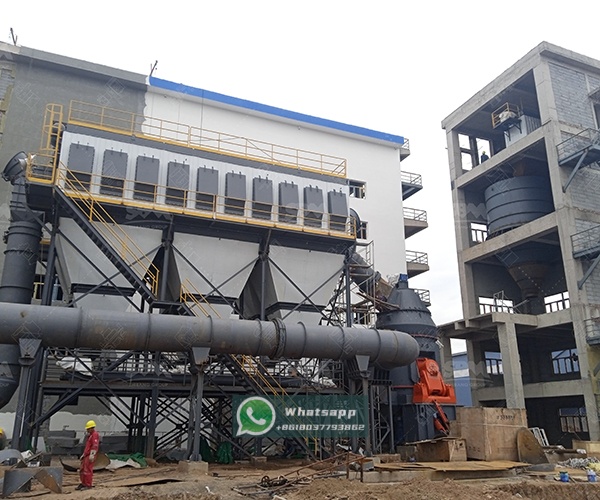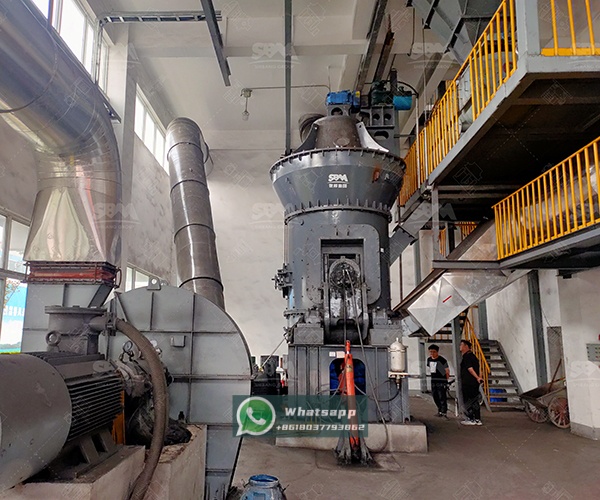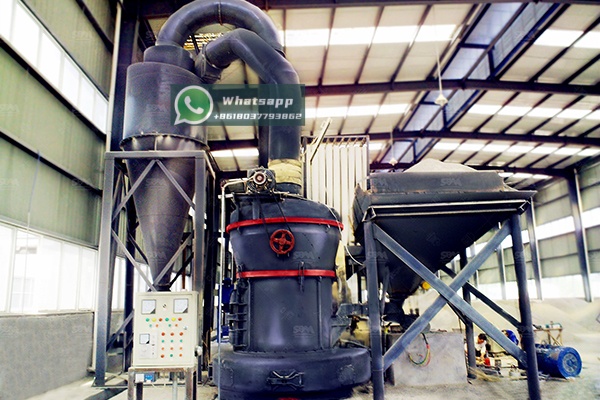The precast concrete industry is a cornerstone of modern construction, delivering high-quality, durable components with exceptional efficiency and consistency. From structural beams and columns to architectural panels and paving slabs, the quality of the final product is paramount. A crucial, yet often overlooked, stage in achieving this quality is the preparation and processing of raw materials. The fineness and consistency of cement, slag, fly ash, and other additives directly influence the strength, workability, and aesthetic finish of precast elements. This is where advanced grinding technology becomes indispensable.
Shanghai Zenith Machinery Co., Ltd., an excellent manufacturer of ore grinding equipment in China, has made significant strides in adapting its expertise to the specific needs of the construction materials sector. With a specialization in the research, development, and production of industrial powder grinding equipment, Zenith offers a range of solutions tailored to enhance the productivity and quality control standards of precast concrete manufacturers worldwide.
The production of precast concrete begins with the precise blending of raw materials. Key components that require fine grinding include:
Inconsistent or coarse grinding of these materials can lead to a host of problems, including weak spots, surface blemishes, longer demolding times, and increased water demand. Therefore, selecting the right grinding mill is not just an operational decision but a strategic one that impacts the entire production lifecycle.

Precast concrete plants face unique challenges that differentiate their needs from other industries:
To address these challenges, Zenith offers a portfolio of grinding mills, each with distinct advantages for specific applications within the precast concrete industry.
For precast producers heavily utilizing GGBFS or requiring high-volume cement grinding, the LM Vertical Grinding Mill is an ideal solution. Its integrated design combines crushing, grinding, powder selection, drying, and conveying into a single, compact unit. This is particularly beneficial for slag, which often contains moisture that needs to be removed during grinding.
Key Advantages for Precast Concrete:
The following table outlines the technical parameters of the Vertical Slag Mill series, which is perfectly suited for producing high-quality GGBFS:
| Model | Capacity (t/h) | Main Motor (kW) |
|---|---|---|
| LM130N | 4-6 | 200-250 |
| LM220N | 20-26 | 900-1000 |
| LM370N | 90-110 | 3150-3300 |

When the application calls for ultra-fine powders to enhance concrete performance or create specialized mixes, the XZM Ultrafine Grinding Mill excels. This mill is designed for producing fine and ultra-fine powder for soft to medium-hard materials, achieving an impressive fineness range of 325 to 2500 mesh.
Key Advantages for Precast Concrete:
For plants focused on high-value, performance-engineered precast products, the XZM series offers the precision required. The table below provides details on its capabilities:
| Model | Max Feed Size (mm) | Final Size (mesh) | Output (kg/h) | Main Motor Power (kW) |
|---|---|---|---|---|
| XZM221 | ≤20 | 325-2500 | 500-4500 | 75 |
| XZM268 | ≤20 | 325-2500 | 5000-25000 | 315 |
Consider a large precast concrete manufacturer aiming to increase its use of eco-friendly GGBFS to 50% of the cementitious content. The existing ball mill system was energy-intensive and struggled to grind the slag to the required fineness consistently, leading to longer curing times and variable product strength.
By integrating a Zenith LM220N Vertical Grinding Mill, the plant achieved:
This investment not only lowered operational costs but also enhanced the marketability of their precast products as “green” and high-performance.

In the highly competitive precast concrete industry, excellence in every manufacturing detail is what separates leaders from the rest. The grinding of raw materials is a fundamental process that should not be underestimated. By partnering with a specialized equipment provider like Shanghai Zenith Machinery Co., Ltd., precast manufacturers can access technology that delivers tangible benefits in quality, efficiency, and sustainability.
Whether the priority is high-volume slag processing with the LM Vertical Mill or the production of ultra-fine additives with the XZM Ultrafine Mill, Zenith’s grinding solutions are engineered to meet the rigorous demands of modern precast production. Investing in the right grinding technology is an investment in the consistency, durability, and overall excellence of your precast concrete products.